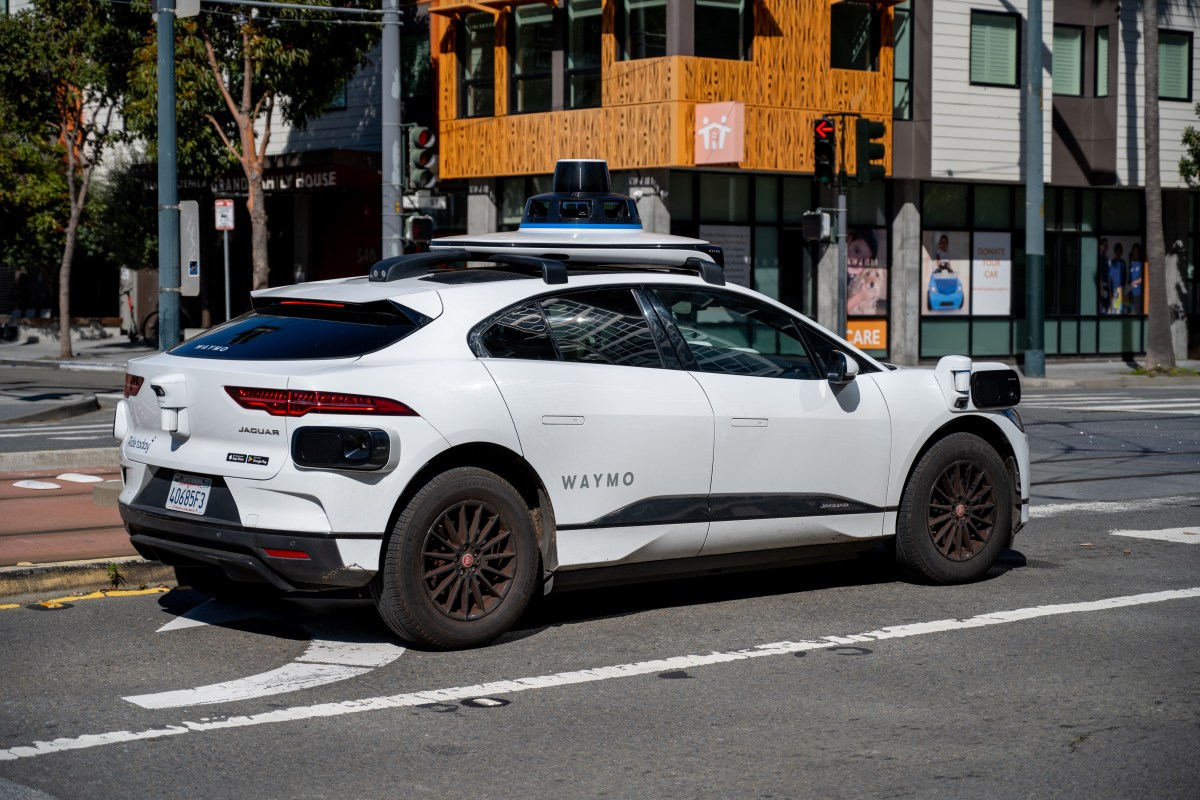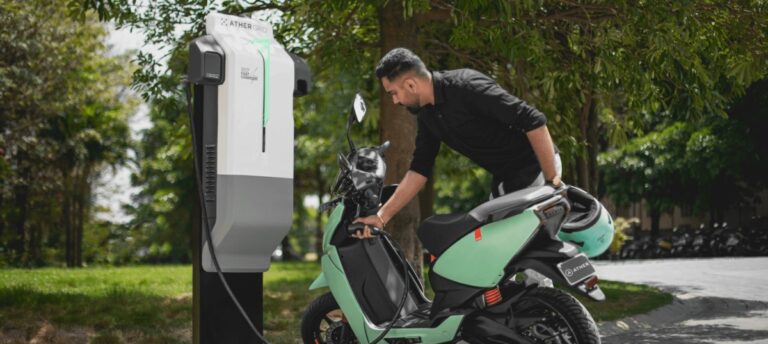Waymo Set to Revolutionize Transportation: Launching Robotaxi Service in Washington D.C. by 2026
Waymo is set to revolutionize urban transportation by introducing its robotaxi service through the Waymo One app in Washington D.C. by 2026. This move marks a significant step in the company’s efforts to expand its autonomous vehicle offerings and maintain its competitive edge in the rapidly evolving mobility landscape.
Waymo’s Expansion Plans in Washington D.C.
As part of its strategic growth, Waymo aims to launch its commercial robotaxi service in the nation’s capital. However, before this can happen, the company must enhance its lobbying efforts to navigate the current regulations, which still mandate a human driver present in autonomous vehicles.
Competitive Landscape of Robotaxi Services
The announcement comes as Waymo intensifies its efforts to outpace competitors like Amazon’s Zoox and Tesla, led by Elon Musk. Notably, Musk has indicated plans for Tesla’s own robotaxi service launch in Austin this summer, with aspirations for California later this year.
Waymo’s Current Operations
Waymo’s autonomous services are already operational in several key locations:
- Phoenix
- Los Angeles
- San Francisco Bay Area
- Austin (in partnership with Uber)
Additionally, Waymo plans to expand its offerings to Atlanta later this year and is targeting Miami for a public launch in 2026.
Mapping New Territories
To bolster public interest and awareness, Waymo has announced plans to begin mapping in 10 new cities this year, including:
- Las Vegas
- San Diego
- Nashville
Testing and Safety Measures
Waymo’s announcement follows the recent deployment of a small test fleet of Jaguar I-Pace robotaxis in Washington D.C. These vehicles have been undergoing manual operation and testing with a safety driver present. The ultimate goal is to eliminate the need for a human driver entirely, which is crucial for the company’s business model.
Waymo is actively working with policymakers to update permitting regulations in the district, paving the way for fully autonomous vehicles to operate on public roads without human oversight.
For more insights on autonomous vehicles and their impact on urban mobility, visit NHTSA’s Autonomous Vehicles page.







